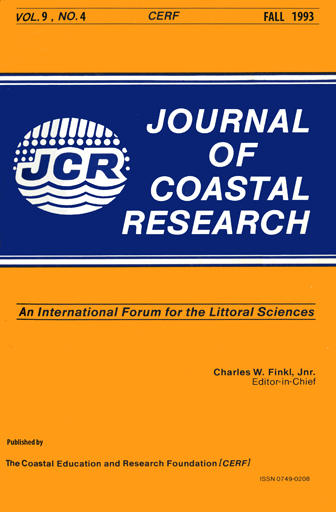The Generation of the Foundation for the Skagen Spit, North Jutland, Denmark, by the Action of Ice and Geomechanical Forces Combined with Glacial Eustacy
Keywords:
Marine foreland, ice-ages, moraines, glacial reboundAbstract
This paper explains how the huge marine foreland, the Skagen Odde at the northern top of peninsula Jutland, Denmark, was initially formed by ice masses moving from north and east during the late phases of the last glacial age. These ice masses pushed existing deposits around and brought with them new material from Norway and Sweden. Ice-ages have occurred in various geological periods. During the last half million years, their largest magnitudes were in the northern countries of Canada, Greenland, Iceland, Scandinavia, the Balticum, the U.S.A. and the USSR. The latest glaciation took place 16,000-24,000 years BP with a rapid advance in Scandinavia ~20,000 BP. The large quantities of materials from Norway, Sweden and Finland moved south and westward. Most of Denmark was covered with ice, but the westernmost part of the Jutland peninsula was ice free but overworked by meltwater deposits. In the final withdrawal phase, commencing about 16,000 BP, the glaciers left enormous bottom and marginal moraines in Denmark. Following the final withdrawal of the ice (13,000 BP in Jutland), a glacial rebound started. Simultaneously, sea level rose due to the increasing temperatures and melting of ice encroaching upon the rebound. Today, the two movements up and down are almost equal in northernmost Jutland while sea level rise has the lead south and east of here. Glacial rebounds still are strong on the Scandinavian peninsula.


